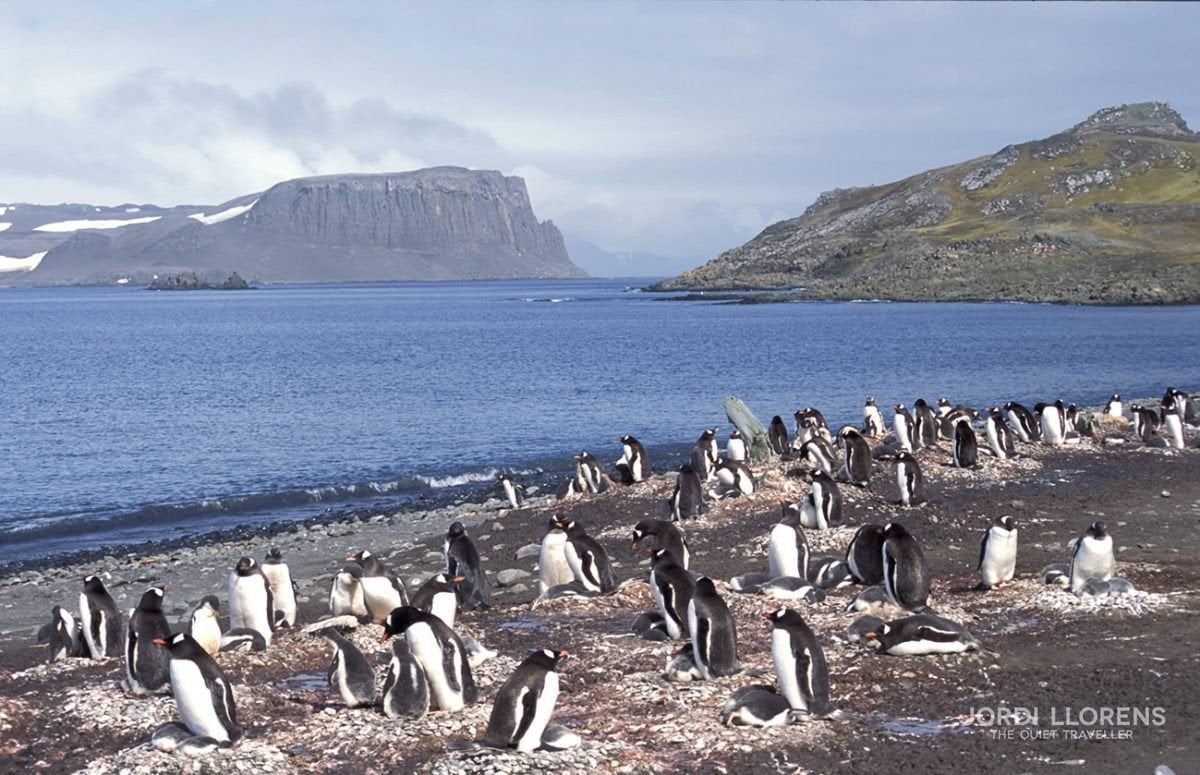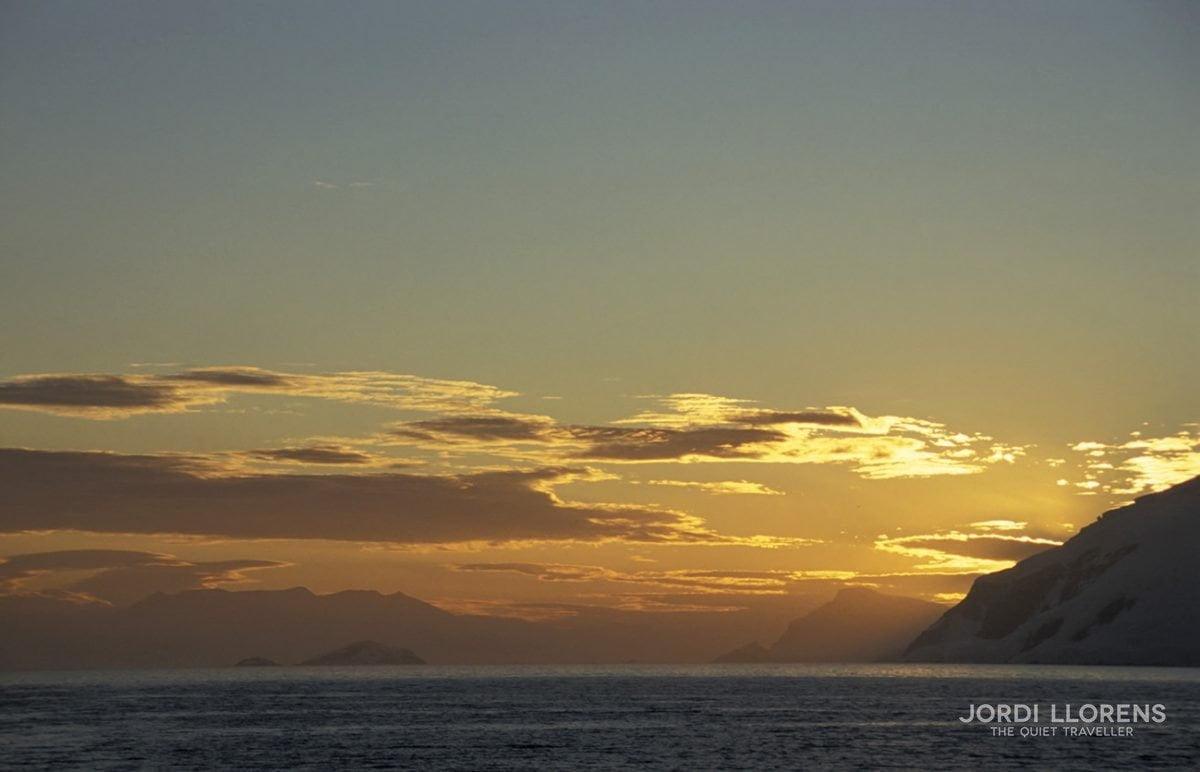As a travel photographer, a project with a television took me to travel to Antarctica. In fact, to travel to the Antarctic continent had always been a dream that I was finally able to realize. It will be difficult to make a description of what my eyes saw, what my body felt, but I will try to do my best, at least, to transport you to the continent of ice. I thought that perfection did not exist. Now I couldn’t say the same thing: in Antarctica it does EXISTS, and I hope it will stay on that way forever.
Antarctica extends over an area of about 14 million km2 and comprises a continent, a large extension of circumpolar ocean and a set of archipelagos and islands. Its circular shape is altered by a tongue of land called the Antarctic Peninsula, which stretches to South America, Argentina and Chile.
The entrance door was the quiet Argentine city of Ushuaia. I navigated with the Chilean ship, Antartic Dream. After receiving the safety instructions, the ship left the protected waters of the Beagle Channel, circled Cape Horn, and headed southeast towards the Drake Strait.

In front of the Antarctic Dream, the ship that took me to Antarctica
We were 60 people of different nationalities. We were all afraid to cross this strait since its 960 km of southern ocean are considered the most dangerous waters in the world because it’s where the currents of the two great oceans join the Pacific and the Atlantic.
In the Drake Strait we were not alone because from the gray darkness appearead the albatrosses, these nomadic birds that fly incessantly over the confines of the world. They approached the boat accompanied by petrels, Cape pigeons and other species of albatross; they all turned over our heads as if they were stars linked to the bridge of the ship.
After 48 hours we shout, LAND!!!! LAND!!!! They were the South Shetland Islands. In the end the dreaded Drake Strait became a calm and serene sea.
The first day of contact with the penguins was on the Aitcho and Robert Islands, which are part of the South Shetland.
I was surprised that there was no snow, but these islands are in the warmest and wettest part of the continent and during the summer their ice-free coasts have became a refuge for numerous penguin colonies. They offered a charming landscape, with a green earth covered in a soft moss that looks like a carpet when you step on it.

Aitcho Island with the Papua Penguins
The most common penguins are the Papua. It had been two weeks since the babies were born and the images were very tender and funny. They breed in penguin colonies in March with the arrival of winter and ice formation. Once the egg is incubated, the penguin breeding spends the first two months of life sheltered under the retraction of skin and feathers from the mother’s belly at 30 degrees of temperature, while the father goes to the water in search of krill, a small crustacean that feeds the whole family. These are able to travel up to 60 km at a stretch and submerge up to 200 meters deep to get the krill.

Papua Penguin with its babies
I sat and watched them until we became friends. Some were shy and others wanted to make the funny ones stretching on the floor, face up. After a while I laughed alone!.
There I saw for the first time the seals of Wendale, who spent all day lying in the sand. I spent some time observing its gestures and looks, but I didn’t get too close, because sometimes they made faces of few friends.

Curious sea lion
Every time we disembarked on an island we were accompanied by a biologist, who explained to us the characteristics of the fauna that we saw: the Antarctic cormorant, or sea raven, the skuas, the petrels … they are birds that could only be found in this corner of world.

Every day we disembark on an island
Do you know that during the summer it never gets dark?. At one o’clock in the morning the Antarctic sun shines on the horizon. The splendid scenery was revealed at sunset in the middle of an icy sea surrounded by the sun in a warm golden light.

In summer it is never gets dark
The southern summer that coincides with our winter is the only time of the year when you could navigate through Antarctic waters. From December to March you could see the fascinating spectacle of gigantic thousand-year-old pieces of ice falling over the sea. Much of the Antarctic coast is formed by ice cliffs and continental shelves that extend to the waters.
